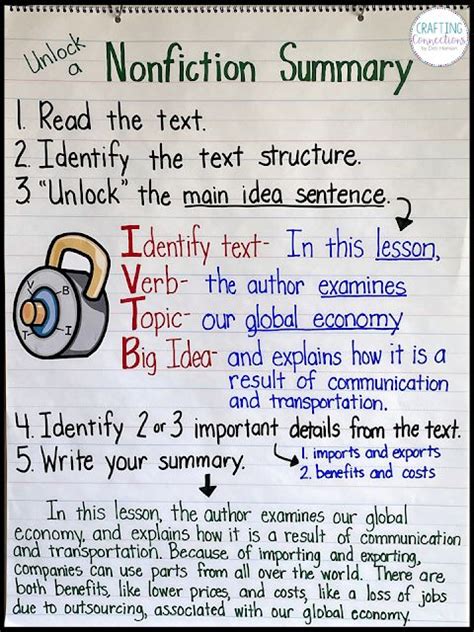Introduction: Embark on a Historical Odyssey
History, a tapestry of human experiences and events, holds invaluable lessons for the present and future. Summarizing history notes effectively allows you to condense vast amounts of information into a concise and manageable format, fostering a deeper understanding of past events and their implications.

Step 1: Identify Key Points and Themes
The first step to summarizing history notes is to identify the key points and themes. These are the essential ideas that the notes convey. Ask yourself questions such as:
- What are the major events, people, and concepts discussed?
- What are the causes and consequences of historical events?
- What are the underlying themes or patterns that emerge?
By pinpointing these key elements, you can establish a framework for your summary.
Step 2: Paraphrase and Condense
Once you have identified the key points, begin paraphrasing the notes in your own words. This involves restating the information concisely while retaining its essence. Use shorter sentences and simpler language, avoiding unnecessary details.
Remember to focus on the main ideas and omit non-essential information. By condensing the notes, you create a more manageable and comprehensible summary.
Step 3: Organize and Structure
Organize the summary into a logical structure. Divide it into sections or paragraphs, each covering a specific topic or theme. Use headings and subheadings to create clarity and guide the reader through the content.
Ensure that the sections flow smoothly from one to another, maintaining the narrative of historical events and their connections.
Step 4: Integrate Examples and Evidence
To enhance the credibility and depth of your summary, incorporate examples and evidence to support your claims. Refer to specific dates, places, people, or events mentioned in the notes.
By citing evidence, you demonstrate your understanding of the historical context and provide a solid foundation for your summary.
Step 5: Proofread and Revise
After completing the summary, proofread it carefully for accuracy, grammar, and clarity. Check for any errors, inconsistencies, or ambiguous language.
Ask yourself if the summary effectively conveys the key points, themes, and evidence. Revise the content as necessary to improve its readability, precision, and overall impact.
Tools to Aid Summarizing
- Concept Mapping: Create visual diagrams to represent the connections between key concepts and events.
- Outline Format: Use a hierarchical structure to organize your summary points and subpoints.
- Summarizing Apps: Utilize technology to assist with paraphrasing and condensing text.
Benefits of Summarizing History Notes
- Enhanced Understanding: The process of summarizing forces you to engage with the material deeply, fostering a better understanding of historical events.
- Improved Retention: By condensing the information, you strengthen your memory and ability to recall key points.
- Preparedness for Exams and Assessments: Summaries serve as invaluable study tools, providing a concise overview of crucial concepts.
- Effective Communication: Summarizing allows you to convey historical knowledge to others in a clear and informative manner.
- Historical Perspective: Through summarizing, you gain a broader perspective on past events and their relevance to the present.
Case Study: The American Revolution
Historical Event: The American Revolution (1775-1783)
Key Points:
* Growing tensions between British colonies and the British government over taxation, representation, and control
* Declaration of Independence adopted in 1776, asserting American independence
* Revolutionary War fought from 1775-1783, resulting in American victory and recognition of independence
Themes:
* Colonial resistance to British imperialism
* Rise of democratic ideals and republicanism
* Impact of Enlightenment ideas on political thought
Evidence:
* Stamp Act of 1765, British tax that sparked colonial unrest
* Boston Tea Party of 1773, colonial protest against British taxation
* Declaration of Independence, written by Thomas Jefferson, outlining American grievances and aspirations for self-governance
Tables for Historical Data
Table 1: Causes of the American Revolution
| Cause | Description |
|---|---|
| British Mercantilism | Economic policies favoring British businesses over colonies |
| Taxation Without Representation | Colonies taxed without representation in British Parliament |
| Enlightenment Ideas | Spread of ideas emphasizing individual liberty and natural rights |
Table 2: Major Battles of the American Revolutionary War
| Battle | Year | Outcome |
|---|---|---|
| Battle of Lexington and Concord | 1775 | American victory |
| Battle of Saratoga | 1777 | American victory, turning point of the war |
| Battle of Yorktown | 1781 | American victory, leading to British surrender |
Table 3: Signers of the Declaration of Independence
| Signer | Affiliation |
|---|---|
| John Adams | Massachusetts |
| Benjamin Franklin | Pennsylvania |
| Thomas Jefferson | Virginia |
| George Washington | Virginia |
Table 4: Timeline of American Revolutionary Events
| Year | Event |
|---|---|
| 1763 | Proclamation of 1763, restricting colonial expansion |
| 1773 | Boston Tea Party, colonial protest against British taxation |
| 1774 | Continental Congress, meeting of colonial representatives |
| 1775 | Outbreak of the Revolutionary War |
| 1776 | Declaration of Independence adopted |
| 1783 | Treaty of Paris, recognizing American independence |
Conclusion: History at Your Fingertips
Summarizing history notes is a valuable skill that empowers you to master vast amounts of historical knowledge. By following the steps and utilizing the tools outlined in this guide, you can effectively condense notes, identify key points, and create comprehensive summaries.
Remember, history is not merely a collection of dates and events. It is a living tapestry that continues to shape our present and future. By summarizing history notes, you embark on a journey of knowledge and discovery, unlocking the lessons of the past and enriching your understanding of the world around you.
